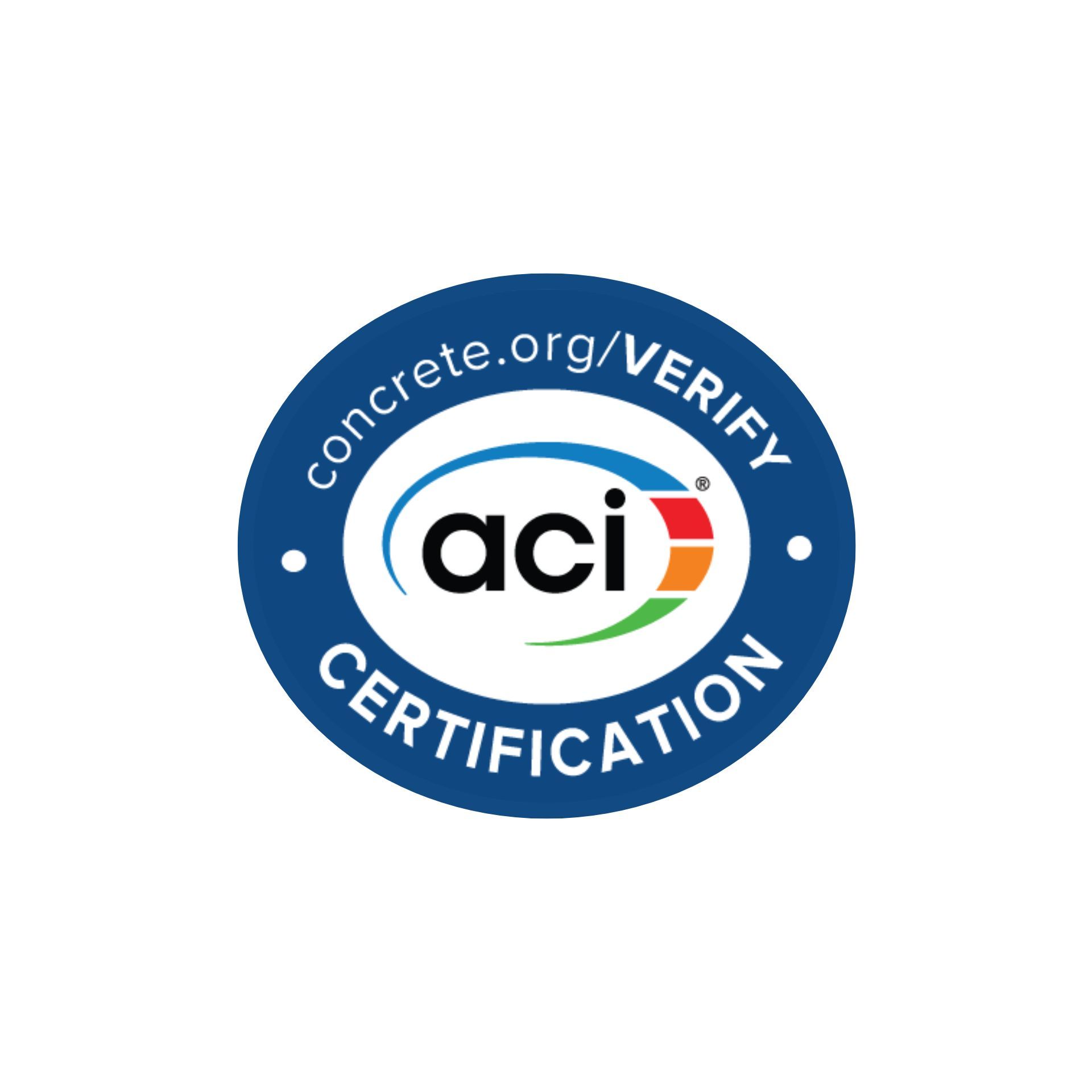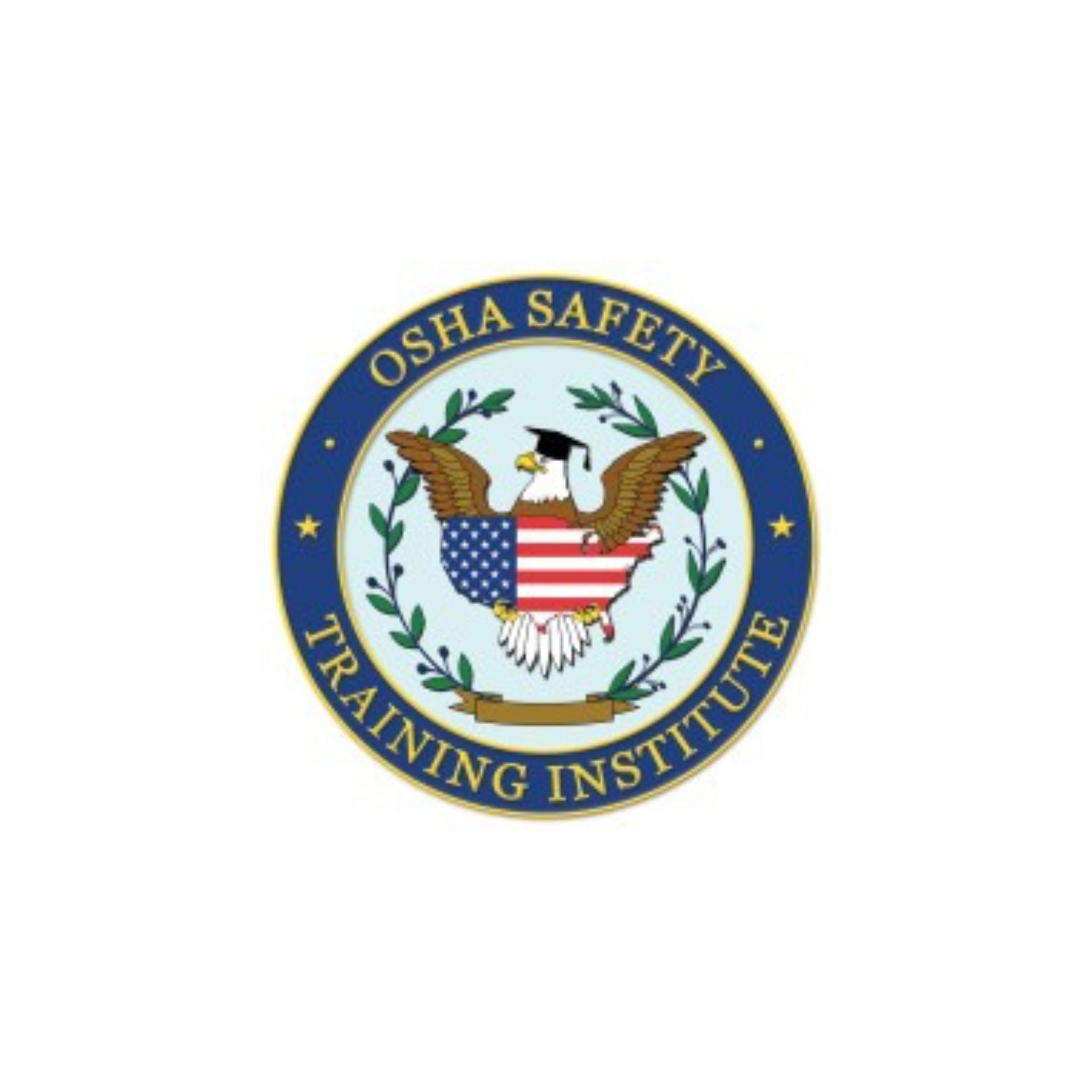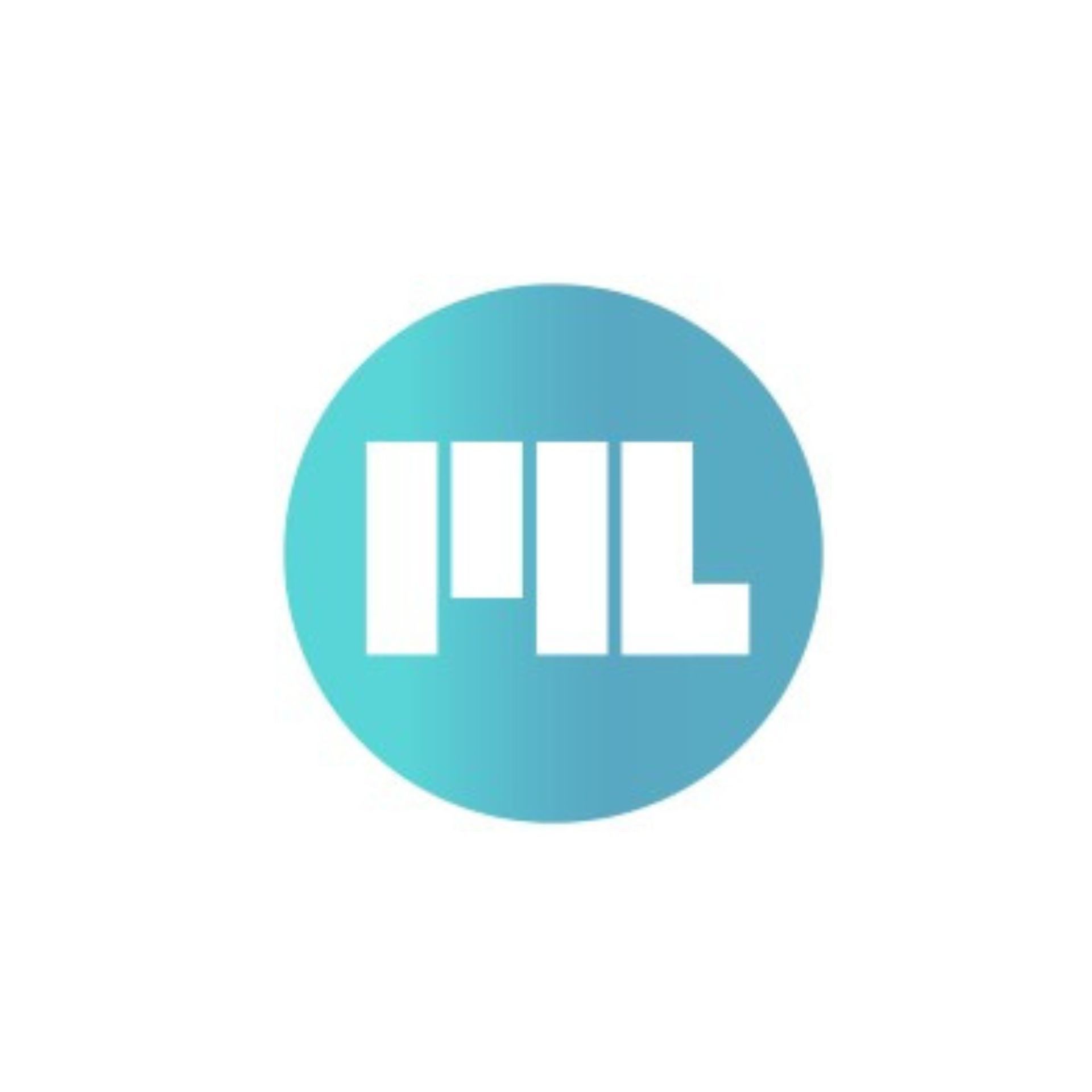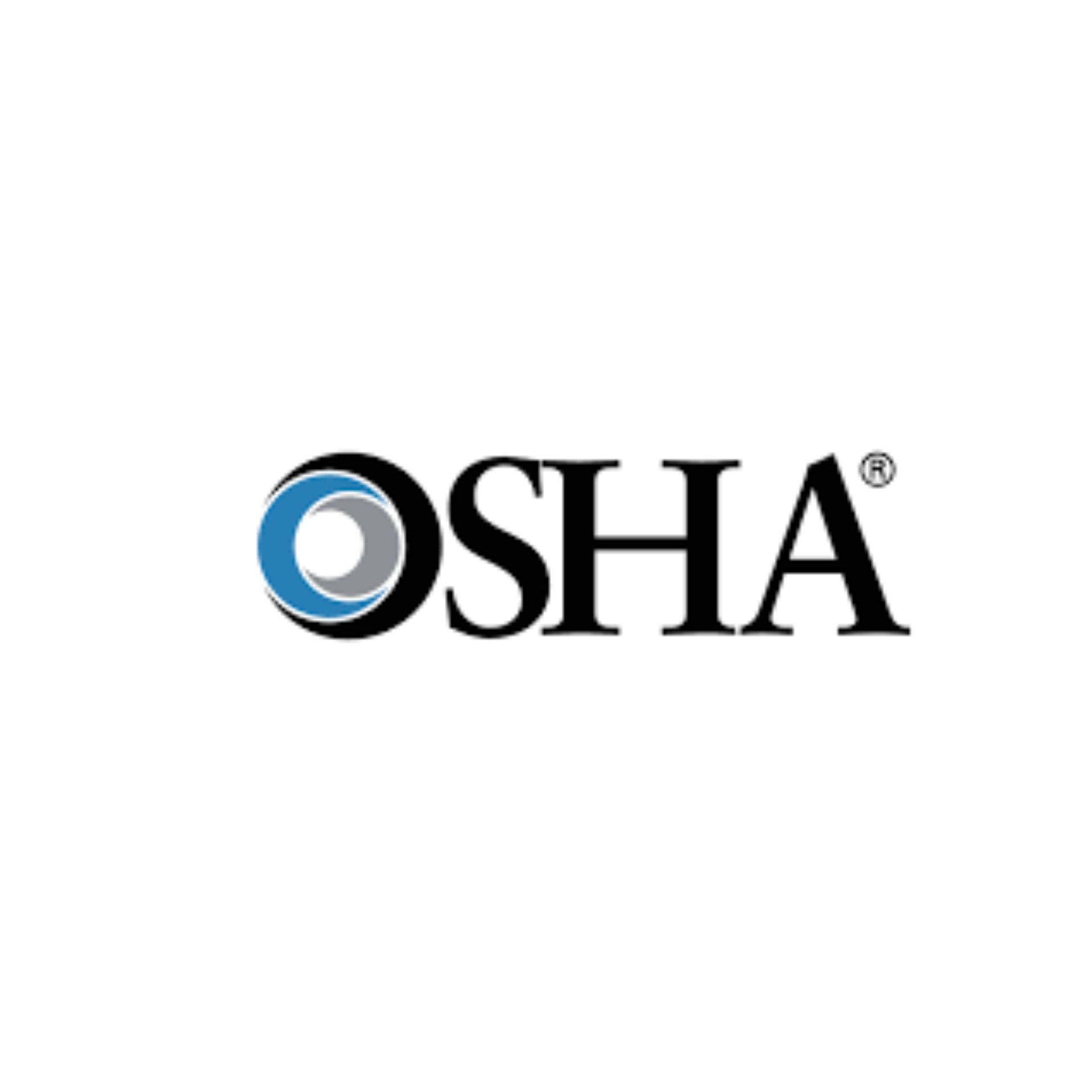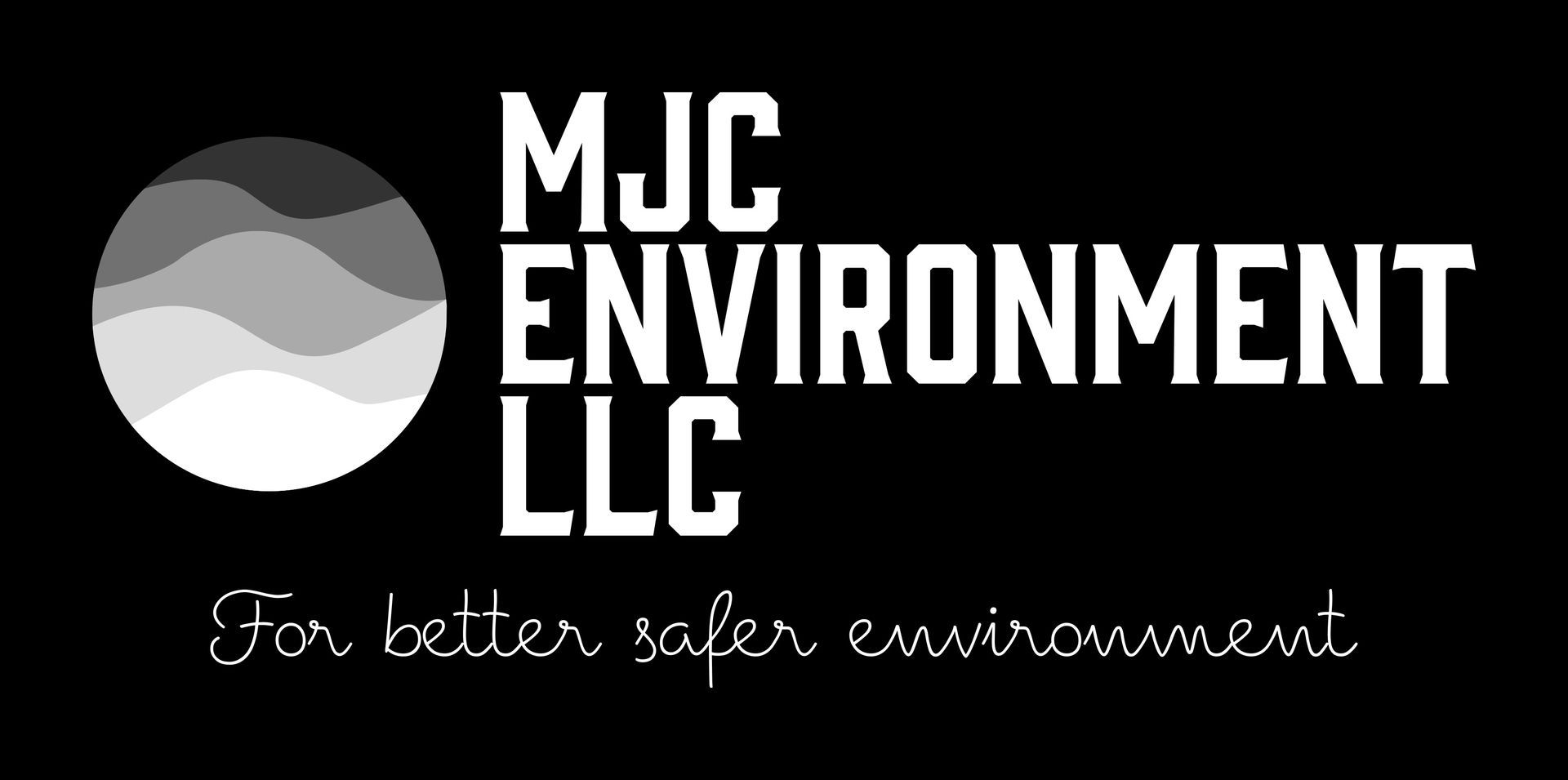Mold Inspections
About Mold Inspection?
Mold inspection is a professional evaluation to identify the presence, location, and cause of mold in a residential, commercial, or industrial space. Mold thrives in moist, poorly ventilated areas, often hidden behind walls, ceilings, or flooring, and can pose serious health and structural risks if left unchecked.
At MJC Environmental LLC, our inspections are performed by certified professionals using state-of-the-art tools such as infrared thermal imaging, moisture meters, and air quality sampling equipment. We don’t just find mold, we uncover the conditions that allow it to grow, so you can fix the issue at the source.
Importance of Mold Inspection
Mold can begin forming within 24–48 hours after water intrusion. If not identified early, it can spread quickly and silently throughout your property.
Here's why a mold inspection is essential:
- Protect Health & Wellbeing: Mold exposure is linked to allergies, respiratory issues, asthma, and skin irritation, especially in children and immunocompromised individuals.
- Prevent Costly Repairs: Mold can damage drywall, insulation, wood framing, and more. Early detection helps you act before remediation becomes expensive.
- Support Real Estate Transactions: Buying or selling a home? Mold inspections offer peace of mind and transparency during property transactions.
- Insurance & Legal Protection:
A professional report documents the mold issue clearly and supports insurance claims or property disclosures..
Our Mold Inspection Process
1. Client Consultation: We begin by learning about your concerns, symptoms experienced by occupants, recent water issues, and any visible mold. This allows us to target potential problem areas.
2. Full Visual Inspection: We inspect the entire property including attics, basements, crawlspaces, HVAC systems, and behind walls (where accessible) for visible mold growth and signs of moisture intrusion.
3. Moisture Mapping & Thermal Imaging: Using moisture meters and infrared cameras, we detect hidden dampness behind walls, under floors, or inside ceilings. These non-invasive tools reveal mold-friendly conditions even before growth is visible.
4. Air & Surface Sampling (if needed): If mold is suspected but not visible, or if required for documentation, we collect air and surface samples. These are sent to accredited laboratories for analysis to determine mold species and concentration levels.
5. Detailed Reporting: You’ll receive a comprehensive report including:
- Locations of visible and suspected mold
- Moisture readings and thermal images
- Laboratory results (if testing was performed)
- Recommendations for next steps, including remediation if necessary.


